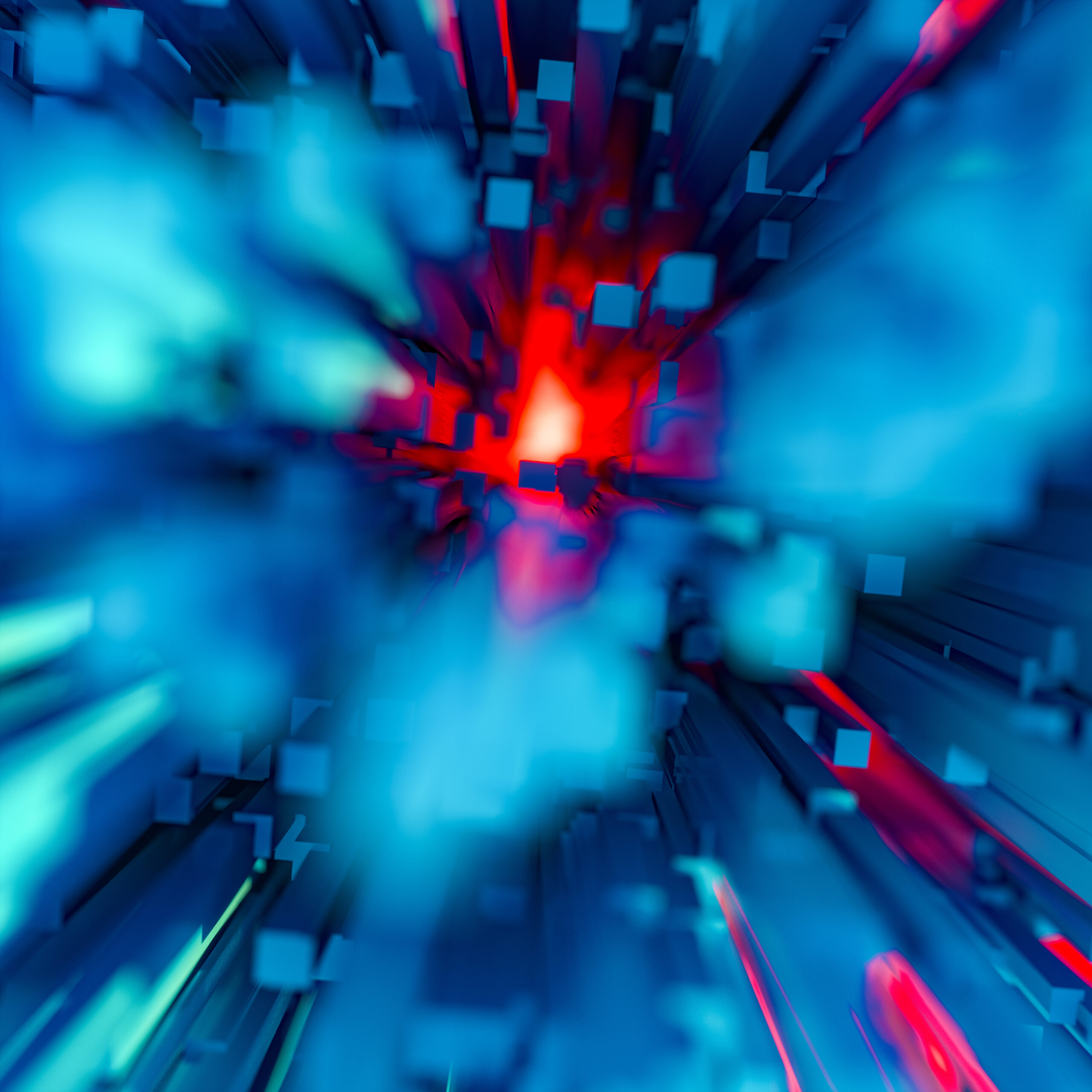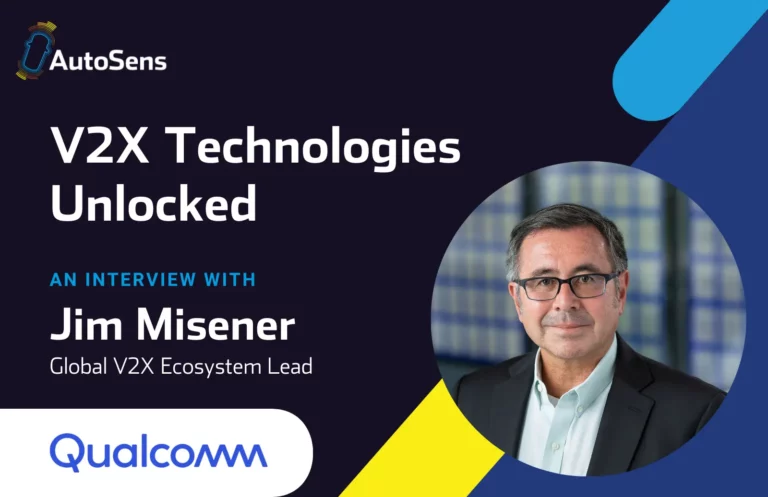
We spent some time with a selection of speakers that joined us during the LiDAR session at AutoSens in Detroit 2022. With the aim of finding out what their visions for LiDAR are and how the next generation of LiDAR development can be supported.
Featuring Zoran Jandric, Senior Manager, Seagate Technology; Federico Collarte, Founder & CEO, Baraja and Warren Smith, Director of Perception, Insight LIDAR
Q: What is needed to support the next generation of LiDAR development?
Federico Collarte (FC): The next generation of LiDAR must have optimal performance in the smallest size/packaging, and lowest power dissipation, and cost so that widespread adoption and scale can be achieved.
The current size of existing LiDAR systems is one of the most significant inhibitors for integration into a car design. If the automotive OEM wants the LiDAR sensor to fit behind the windshield there are additional constraints that need to be considered. For the size of a LiDAR system to come down, a scalable hardware architecture via integration (in lieu of bulky, mechanical components) is a must.
Baraja, for example, continues to rely on the proven reliability of its foundational architecture based on Spectrum-Scan™ and RMCW to solve today the problems automotive OEMs need to solve tomorrow. The ability to further integrate the subcomponents makes it possible to effectively reduce the size, cost and power consumption of the overall LiDAR system while enhancing system reliability.
Zoran Jandric (ZJ): The current LiDAR landscape has evolved from a purely technological mindset and has tended to treat cost and manufacturing as an afterthought. This is why the maturity and wide-spread adoption of LiDAR has been slow. What the LiDAR industry requires is the integration of Cost Engineering and Design for Manufacturing early in the ideation and development cycle. Seagate has been an industry leader in developing and manufacturing complex technology at unprecedented scales. Along with our strong leverage of well-established supply-chain partners, we can deliver complex sensors at low costs and high reliability, thereby enabling ubiquitous LiDAR adoption.
It is also critical to understand the OEMs goals to develop a device optimized for the specific application. From that perspective, developing a sensor that is adaptable, that can be optimized with AI assistance, to appropriately balance range, resolution, power, dynamic foveation, etc., would be a key differentiator for next generation systems.
Warren Smith (WS): The first biggest challenge is developing accurate LiDAR requirements. You see, consumers buy cars, ride sharing, safety features, and shipped products. We envision a world where they also buy self-driving features, robo-taxi rides, and autonomous delivery, but that market doesn’t exist yet and although progressing nicely, the software is still inadequate.
This means that LiDAR developers need to 1) envision a market that doesn’t exist, 2) predict software needs, and 3) spend the years and resources developing a LiDAR for that future. If there was a clear requirement, I personally believe that the automotive LiDAR industry could reliably deliver the right LiDAR in a few years. But this train doesn’t stop, so if you wait for the future, it will pass you.
And so, to get back to the question, what is needed is a clear, persuasive, and correct vision of the future.
Q: How soon do you think LiDAR-equipped vehicles will be ready for the road?
FC: There are autonomous vehicles already on our roads and in construction / mining sites but these are still not widely deployed. Most ADAS (Advanced Driver Assistance Systems) level 0-2 do not use LiDAR however moving to L3 and higher, OEMs are starting to incorporate this sensor. In order to enable more autonomous functionality, existing sensor modalities (Image sensors, Radar) are not sufficient and cannot provide the levels of functionality, safety and reliability required.
Legacy LiDAR sensors in vehicles on the road today are not solving the critical challenges of autonomy – that is why next generation with better resolution, range, reliability, form factor and cost is so critical.
Given OEM sourcing calendars, we expect widespread adoption of LiDAR-equipped vehicles to start higher volume deployment from 2026
Baraja’s Spectrum HD LiDAR will be bridging critical gaps in achieving L4 autonomous functionalities in this timeframe. We are confident that within this decade we will see more many more vehicles on our roads with higher levels of autonomous functionality at a commercial scale.
ZJ: In order to answer that question, we need to have agreement on what type of the vehicle and what level of autonomy we are discussing.
The answer is very different if we are talking about the L2+, L3, L4, or L5 passenger vehicle.
- L2+ – Already beginning to see announcements and launch. Expect more in 2023.
- L3 – Expect to see this in the 2024/2025 timeframe.
- L4/5 – Expect to see launches beginning in 2027 and beyond.
WS: We see a version of this today. Both Waymo and Cruise are using LiDAR-equiped vehicles to provide robo-taxi rides. Aurora and TuSimple are delivering freight. Although not yet available, several OEMs have plans to include LiDAR on consumer vehicles. It’s still to be proven what features they will enable, how much they will cost, and who will buy them, but I do expect some of those products to be available in the coming years.
Q: Can LiDAR do it all? Do you think there will continue to be a place for RADAR and Cameras if the current LiDAR challenges can be solved?
ZJ: The real question is what degree of perception accuracy is required to enable full autonomous mobility. Perception can be thought of as a function of the quality of sensory inputs and the level of intelligence to process the sensory information. Together, a certain level of perception needs to be met to deploy a safe and reliable autonomous mobility engine. One can take the view that sensors can be dumb and simple and put the entire burden on the compute platform, do the reverse, or achieve a balance between sensory inputs and compute platform. The majority of the automotive industry is of the opinion that a rich suite of heterogeneous sensors with a capable compute platform is the way forward. We are aligned with this way of thinking and believe that in next generation ADAS systems, including highway pilots and fully autonomous mobility, LiDAR will be one of the critical sensor components that will enable true autonomous mobility.
WS: LiDAR cannot do it all. I don’t know of any serious team planning on an autonomous LiDAR-only automotive product. As has been stated many times by folks more eloquent than me, self-driving, and safety generally, is about layers of redundancy. It will be many years before a serious team will be willing to remove redundancy in the name of simplification because safety is the primary concern.
FC: A true autonomous vehicle will not be able to rely on only 1 or 2 sensing modalities. Each sensor has its pros / cons, with some stronger in certain conditions than others, and all are based on different physical proprieties. Radar is used for tracking; image sensors are used for 2D scene reproduction while Lidar for 3D scene mapping.
The sensors complement each other in the sensor fusion process, which is collectively taking the inputs from all three sensors to interpret the environmental conditions when a car is driving. If we take the example of a car at an intersection using LiDAR to range and validate what the camera is seeing as well as determining how fast the other vehicles or objects in the field-of-view are moving, meanwhile the camera is reading the colour of the traffic lights and the writing on road signs and the radar is guiding the car through weather conditions such as heavy rain or fog.
The safest autonomous vehicles will have all three types of sensors.
Q: What were you most looking forward to about joining us as a speaker at AutoSens in Detroit in May 2022?
ZJ: I was looking forward to engaging with industry experts to better understand their key challenges and how we can help move this exciting technology into large-scale deployment that is safe, secure and reliable.
WS: The biggest challenge facing the LiDAR industry is predicting the future. Accurate prediction requires diverse experts such as product, manufacturing, software, and optics. AutoSens is a place where these experts are brought together.
FC: To be amongst other industry leaders discussing the latest developments in autonomous vehicle technology and to have the opportunity to talk about how Baraja’s leading LiDAR technology is enabling safer and autonomous mobility!
In particular, the talks on camera and radar, are fascinating for us to listen to as we collaborated with Tier IV to research and develop a new software-defined sensor suite combining LiDAR and HDR cameras.







